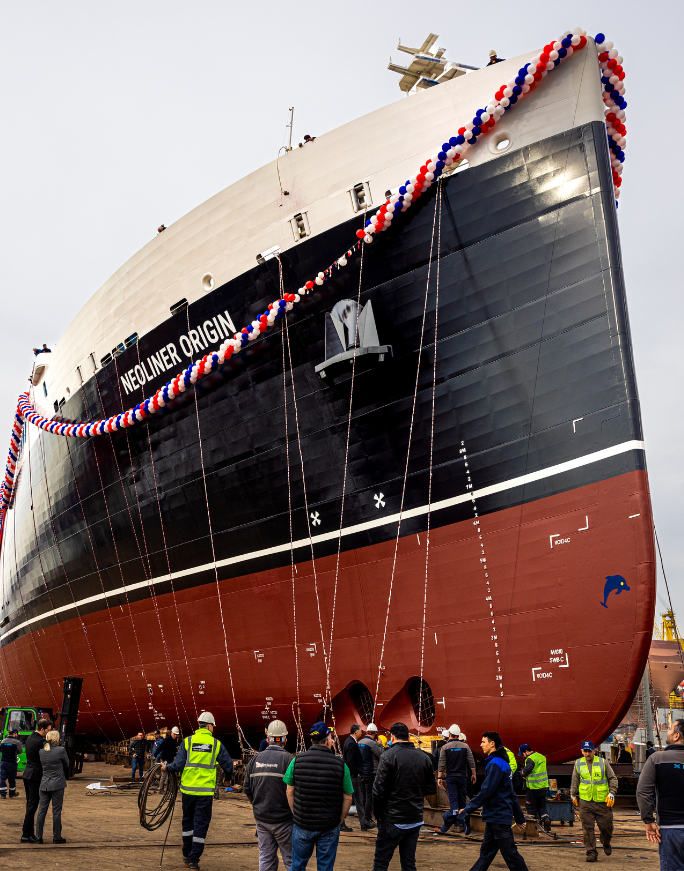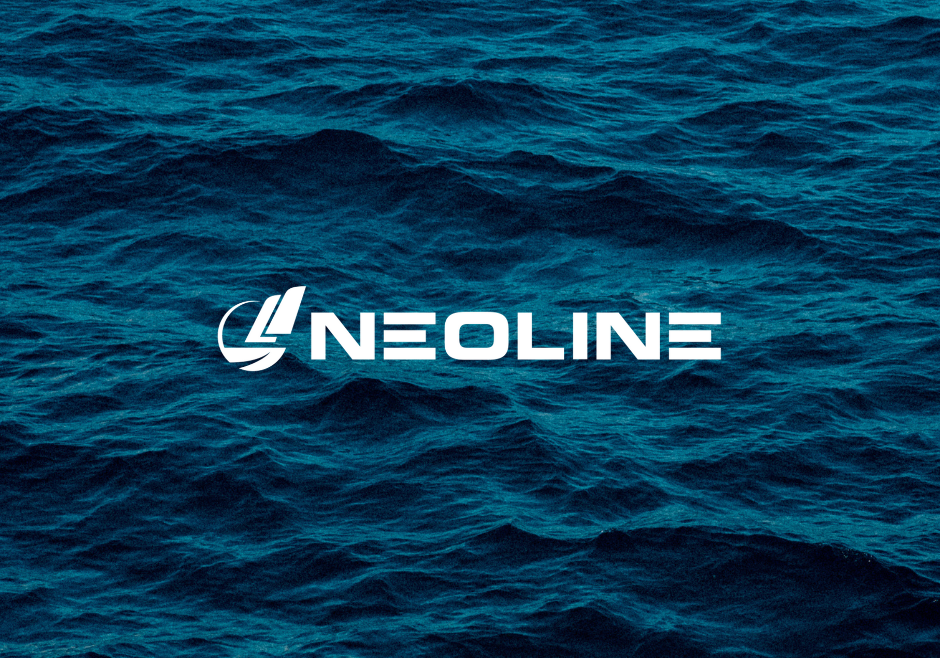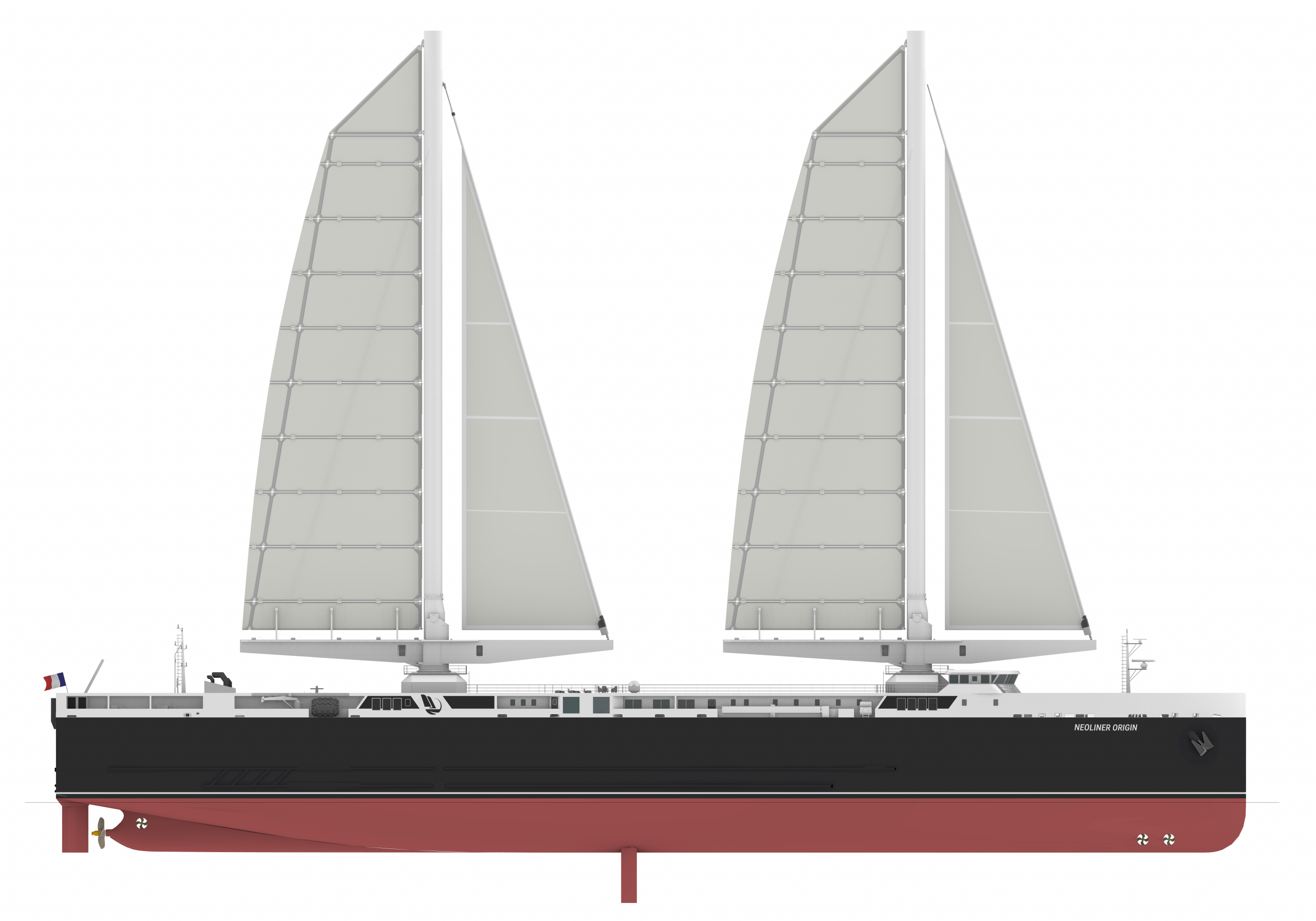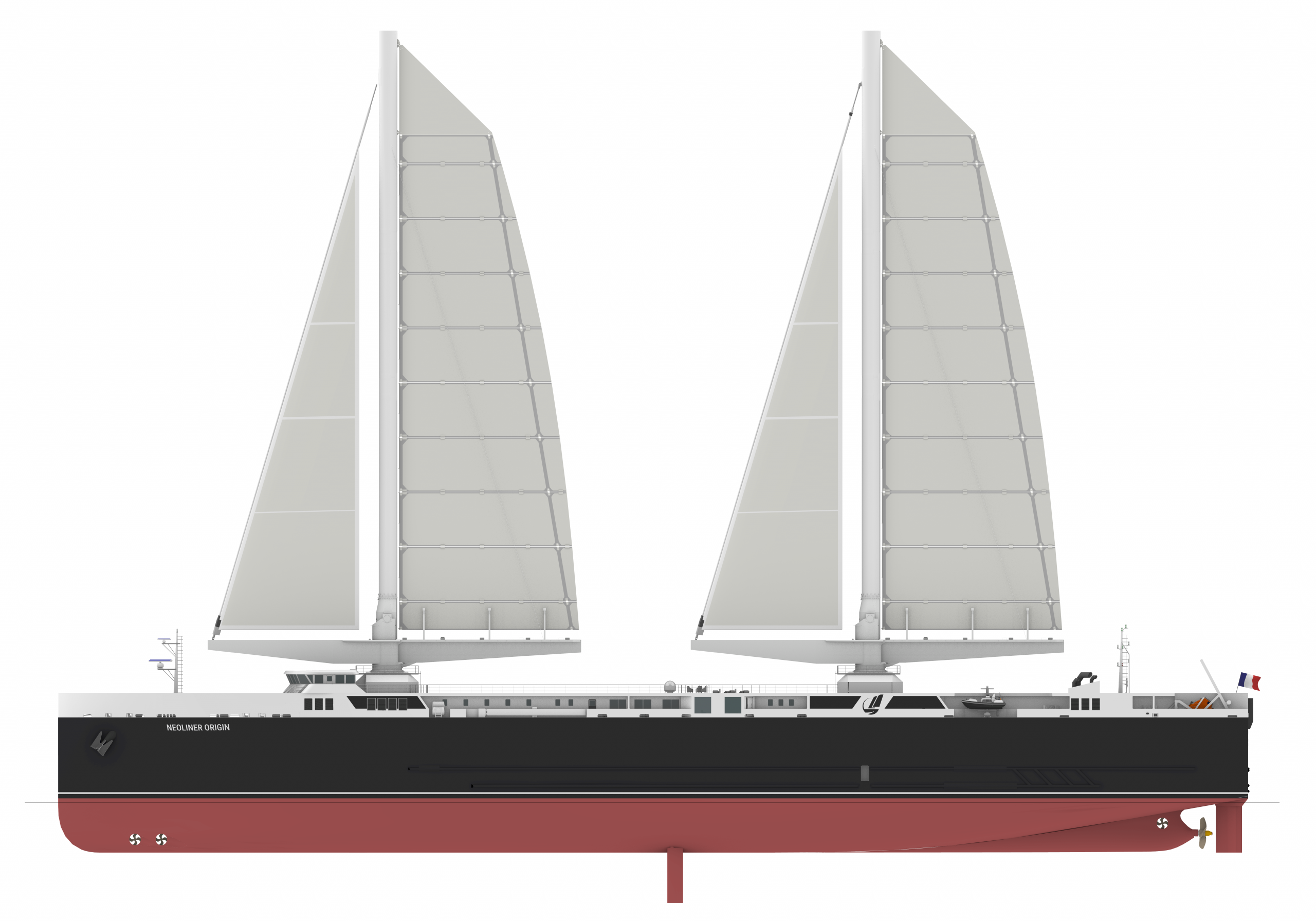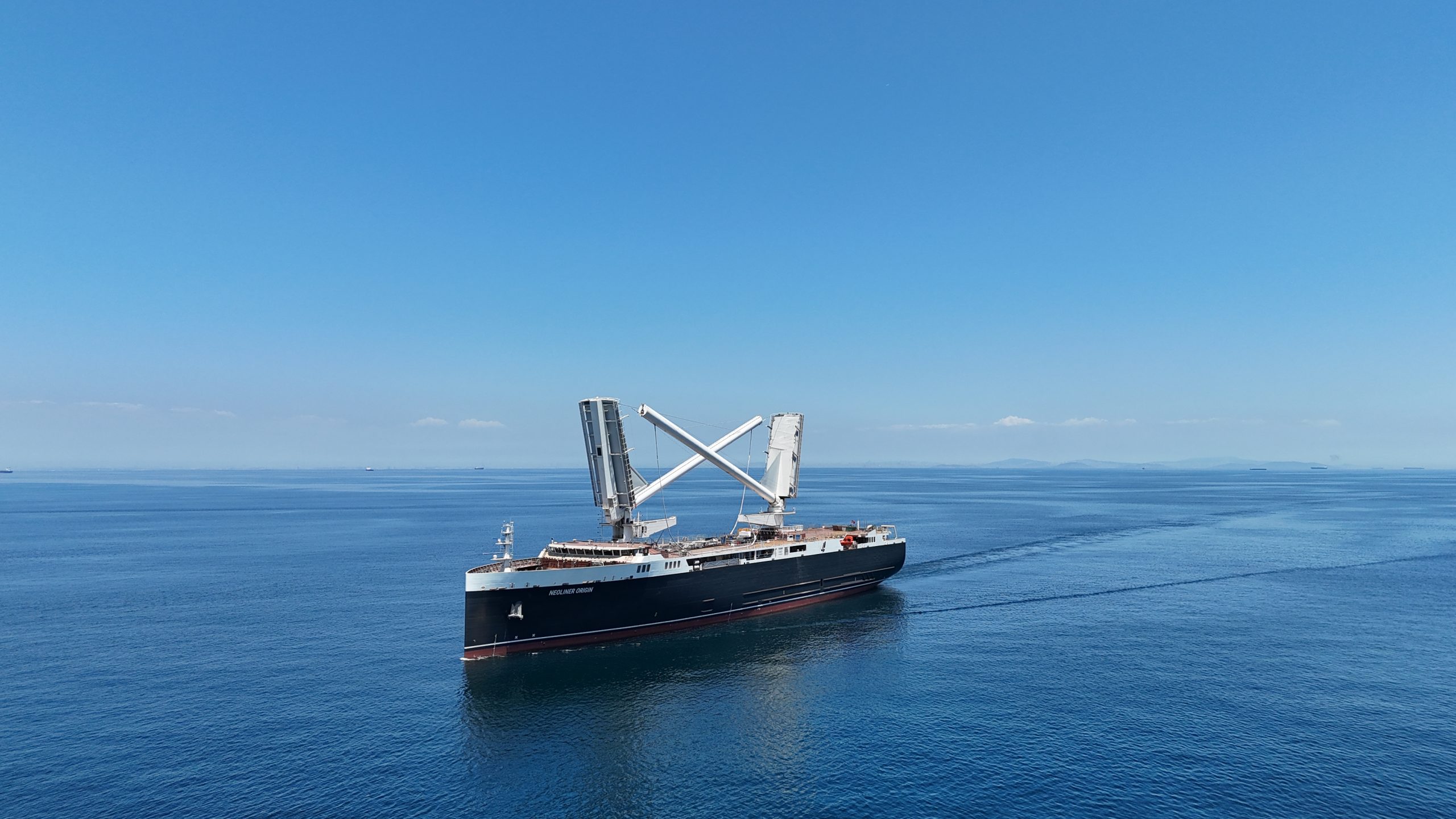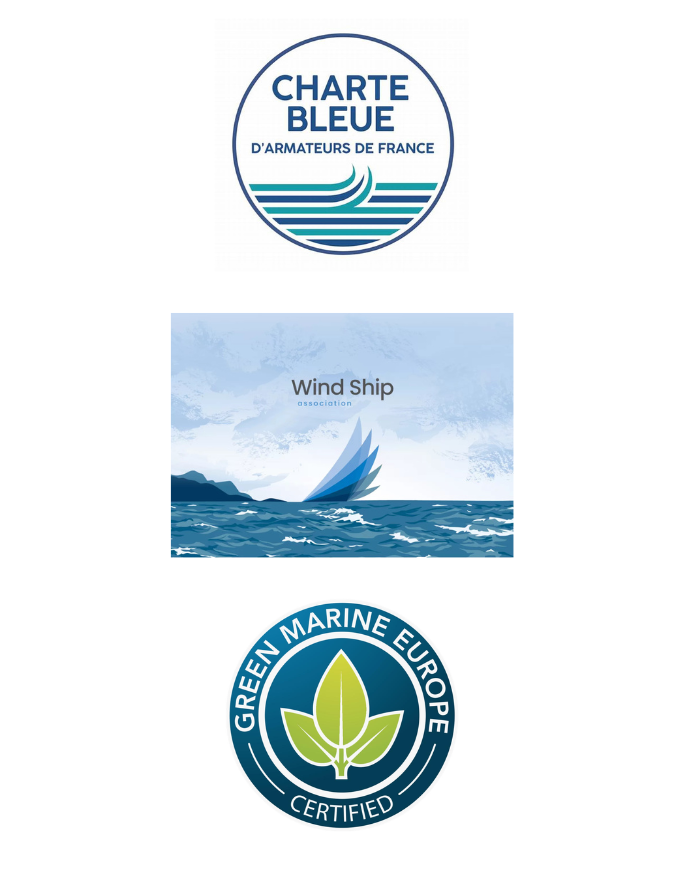
Context and challenges
In a highly competitive global market, and in the face of accelerating environmental demands, the maritime sector finds itself at a major turning point in its history.
Maritime transport accounts for around 3% of global greenhouse gas (GHG) emissions. This is largely due to the fuels used, which are still highly polluting, notably due to their high sulfur dioxide (SOx) content.
The main challenges :
- Replacing fuels that emit high levels of pollutants
- Reducing ships’ energy consumption
- Bringing maritime transport within planetary limits
The International Maritime Organization (IMO) has set itself the goal of reducing greenhouse gas (GHG) emissions from shipping to zero by 2050.
To achieve this, the IMO is implementing progressive regulations:
- EEDI (Energy Efficiency Design Index): came into force in 2013
- CII (Carbon Intensity Indicator): in force since 2023
The European Union is also taking action to decarbonize the sector:
- Integration of the maritime sector into the ETS (carbon credit market)
- Implementation of the FuelEU Maritime program
re du programme FuelEU Maritime
Adapting this sector is essential if we are to achieve global decarbonization targets and guarantee a successful energy transition.
